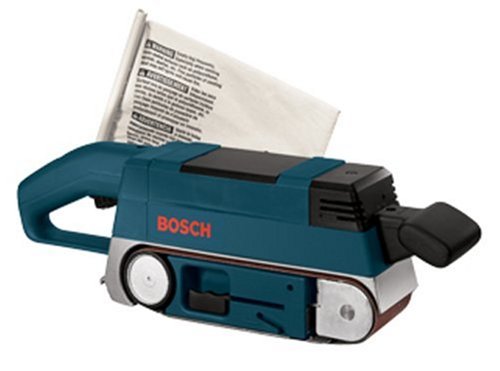John Brown
Freeloading Social media influenza
I just watched Paul Sellars making a scrub plane out of a No 4.
I have a cheap and crappy No 4 that I'd quite like to repurpose in this manner, but currently lack a bench grinder. I do have a big Makita hand held belt sander, however, and wondered if it's a viable tool for reshaping a plane iron. Any tips or advice welcome, even things as elementary as direction of grind, i.e. I know with bench grinders the the wheel comes towards the edge, rather than trailing, would this be the same on a belt, and if so, is there a way to stop the blade being thrown at my face.
I have a cheap and crappy No 4 that I'd quite like to repurpose in this manner, but currently lack a bench grinder. I do have a big Makita hand held belt sander, however, and wondered if it's a viable tool for reshaping a plane iron. Any tips or advice welcome, even things as elementary as direction of grind, i.e. I know with bench grinders the the wheel comes towards the edge, rather than trailing, would this be the same on a belt, and if so, is there a way to stop the blade being thrown at my face.





